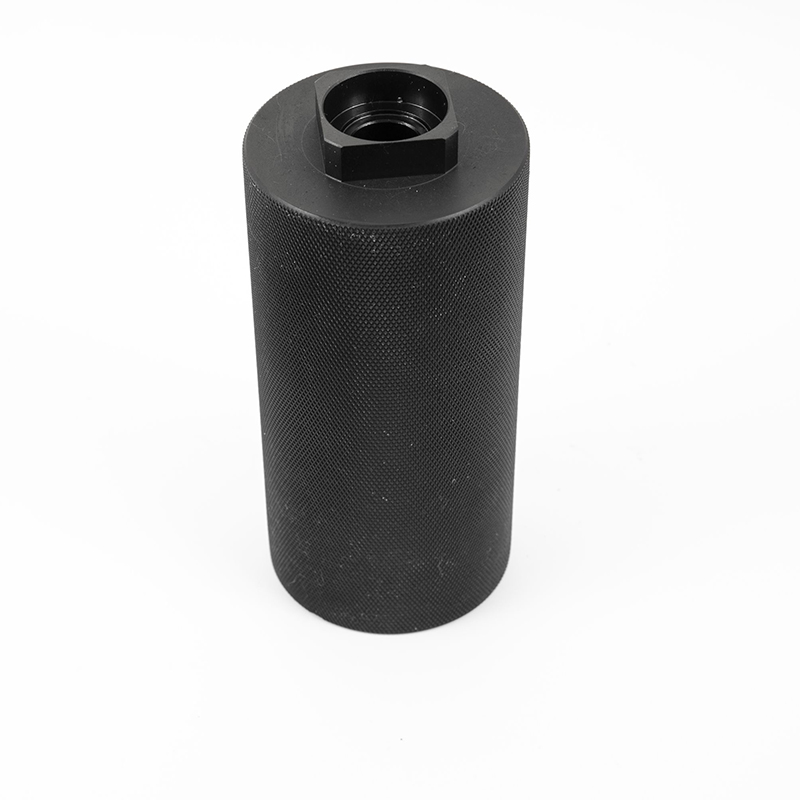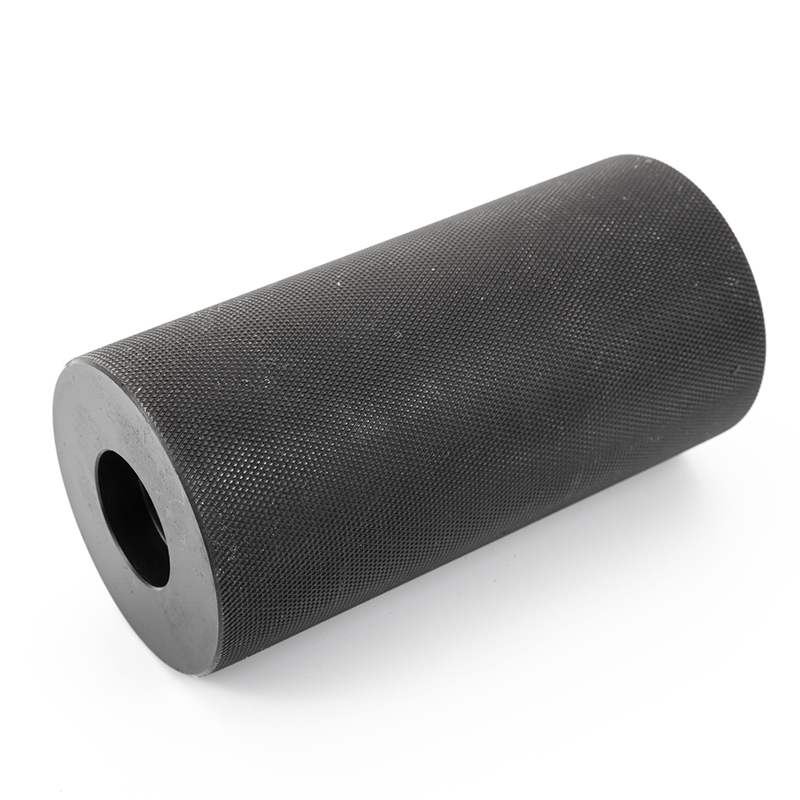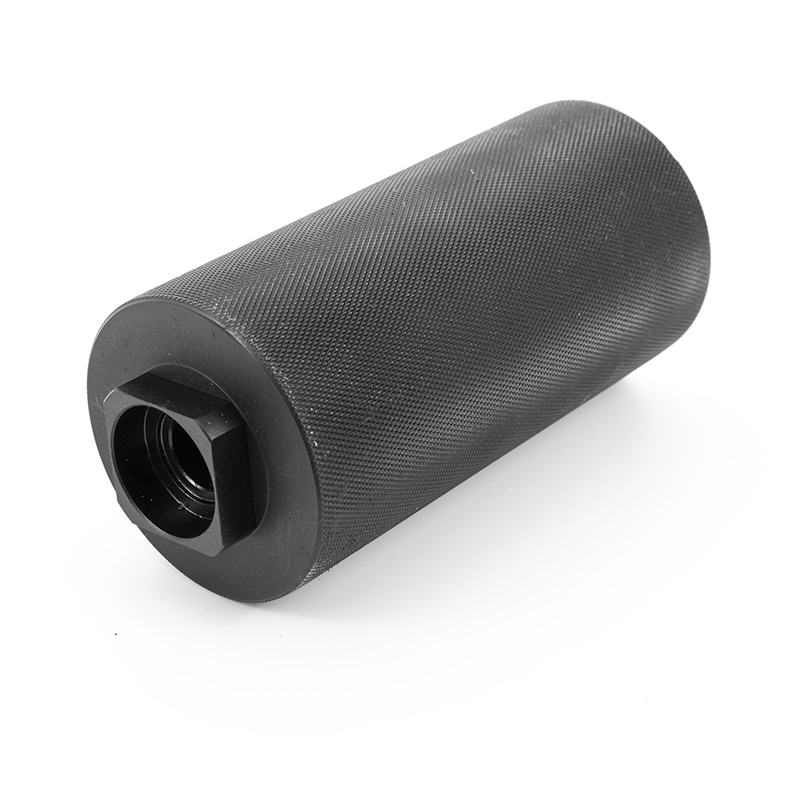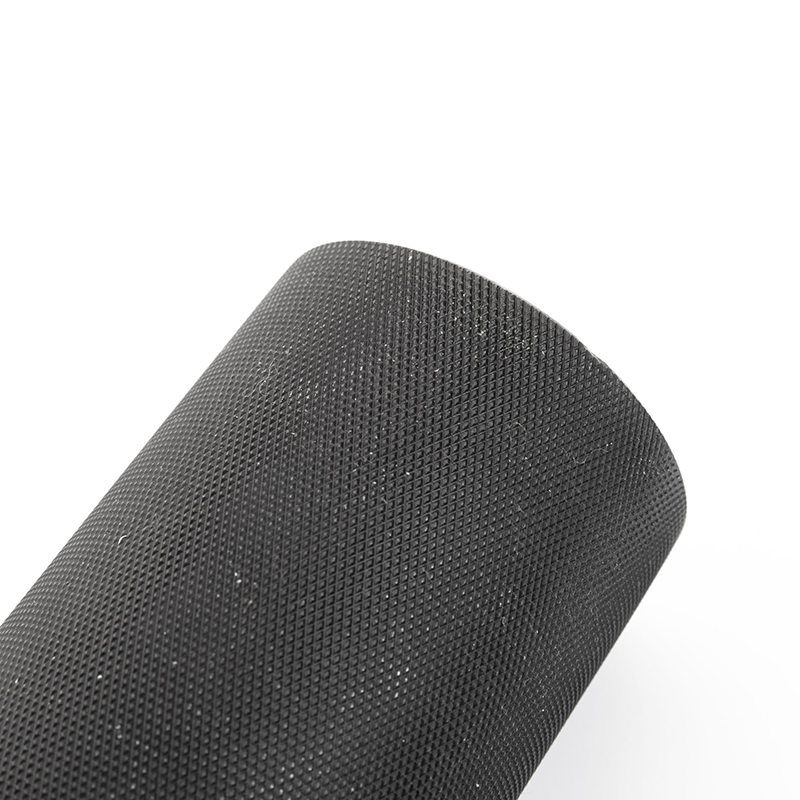Products
Aluminum Turning Machining
The following is the introduction of high quality Aluminum Turning Machining, hoping to help you better understand Aluminum Turning Machining. Welcome new and old customers to continue to cooperate with us to create a better future!Aluminum turning machining is a manufacturing process that is used to produce precision components from aluminum materials. Aluminum is a very popular choice for machining due to its combination of strength, lightweight and corrosion resistance, making it ideal for use in a wide range of industries, including aerospace, automotive, and electronics.
Send Inquiry
Product Description
What is Aluminum Turning Machining?
Aluminum turning machining is a manufacturing process that utilizes a lathe to remove material from aluminum workpieces, forming them into the desired shape or dimension. The process is typically performed by a skilled machinist who operates the lathe while carefully monitoring the cutting tools and workpiece.
The aluminum turning machining process can produce a wide range of components with high precision and accuracy, making it ideal for producing parts that require close tolerances. This process is often used for the production of components for various industries, including aerospace, automotive, electronics, medical, and many others.
Aluminum turning machining can produce parts with a range of shapes including, round, cylindrical, conical, and custom profiles. The process can also be used to produce features like holes, grooves, and threads in the aluminum component.
The machines used for aluminum turning machining can range from manual machines operated directly by the machinist to CNC machines controlled by computer programs. This process is suitable for both small and large volume production runs, as well as for one-off custom parts.
The aluminum turning machining process can produce a wide range of components with high precision and accuracy, making it ideal for producing parts that require close tolerances. This process is often used for the production of components for various industries, including aerospace, automotive, electronics, medical, and many others.
Aluminum turning machining can produce parts with a range of shapes including, round, cylindrical, conical, and custom profiles. The process can also be used to produce features like holes, grooves, and threads in the aluminum component.
The machines used for aluminum turning machining can range from manual machines operated directly by the machinist to CNC machines controlled by computer programs. This process is suitable for both small and large volume production runs, as well as for one-off custom parts.
Why is it Called Aluminum Turning Machining?
The term "aluminum turning machining" refers to the process of turning a block or cylindrical rod of aluminum into a finished product by removing material to achieve the desired shape and dimension. The word "turning" in this context refers to the rotation of the workpiece on a lathe, while "machining" describes the process of removing material.
Turning is a machining process that can be used to produce a variety of round, cylindrical, conical, and custom-shaped components by removing material from a rotating workpiece using a cutting tool. The term "aluminum turning machining" specifically refers to the use of this process for working with aluminum materials. Aluminum is a popular choice due to its wide availability, low cost, and excellent properties, making it ideal for use in many different industries.
In summary, the term "aluminum turning machining" is used to describe the process of turning an aluminum workpiece into a finished product by using a lathe to remove material and achieve the desired shape and dimensions.
Turning is a machining process that can be used to produce a variety of round, cylindrical, conical, and custom-shaped components by removing material from a rotating workpiece using a cutting tool. The term "aluminum turning machining" specifically refers to the use of this process for working with aluminum materials. Aluminum is a popular choice due to its wide availability, low cost, and excellent properties, making it ideal for use in many different industries.
In summary, the term "aluminum turning machining" is used to describe the process of turning an aluminum workpiece into a finished product by using a lathe to remove material and achieve the desired shape and dimensions.
What is the Aluminum Turning Machining Process?
The aluminum turning machining process is a manufacturing method used to produce precise components from aluminum workpieces. The process involves rotating a cylindrical or round aluminum workpiece while a cutting tool removes material to achieve the required shape or dimensions. Here are the steps involved in the aluminum turning machining process:
Select and mount the aluminum workpiece: Start by selecting the appropriate aluminum workpiece for the desired component and secure it onto the lathe chuck.
Determine the cutting tool and tool path: Choose the appropriate cutting tool and toolpath to achieve the desired shape or dimensions. This could include single-point cutting tools or multi-edge carbide cutting tools.
Set the tool and workpiece speeds: Ensure that the cutting tool rotates at the correct speed and the workpiece spins at a speed that produces the desired surface finish.
Begin the machining operation: Move the cutting tool along the workpiece and remove material to achieve the desired shape and finish. The operator should monitor the process carefully to ensure that the dimensions and tolerances of the workpiece are maintained.
Evaluate the finished component: Once the machining process is complete, evaluate the finished component to ensure it meets the required specifications.
Overall, the aluminum turning machining process is an efficient and cost-effective method of producing precise components from aluminum workpieces and is widely used across many industries for manufacturing various components.
Select and mount the aluminum workpiece: Start by selecting the appropriate aluminum workpiece for the desired component and secure it onto the lathe chuck.
Determine the cutting tool and tool path: Choose the appropriate cutting tool and toolpath to achieve the desired shape or dimensions. This could include single-point cutting tools or multi-edge carbide cutting tools.
Set the tool and workpiece speeds: Ensure that the cutting tool rotates at the correct speed and the workpiece spins at a speed that produces the desired surface finish.
Begin the machining operation: Move the cutting tool along the workpiece and remove material to achieve the desired shape and finish. The operator should monitor the process carefully to ensure that the dimensions and tolerances of the workpiece are maintained.
Evaluate the finished component: Once the machining process is complete, evaluate the finished component to ensure it meets the required specifications.
Overall, the aluminum turning machining process is an efficient and cost-effective method of producing precise components from aluminum workpieces and is widely used across many industries for manufacturing various components.
What Materials can be Aluminum Turning Machining?
The aluminum turning machining process is specifically designed to cut aluminum material, but it can also be used to cut other types of materials. Some of the materials that can be machined using aluminum turning machining techniques include:
Aluminum alloys: This is the most common material used in aluminum turning machining due to its good machinability and wide availability.
Other metals: Including brass, copper, and steel, although cutting these materials may require specialized cutting tools.
Plastics: Many engineering-grade plastics, including acetal, nylon, and ABS, are suitable for turning on a lathe.
Composites: Carbon fiber reinforced polymer (CFRP), glass fiber reinforced polymer (GFRP), and other composite materials can be machined using aluminum turning machining techniques.
The choice of material will depend on the specific properties needed for the component, as well as the desired application. However, aluminum alloys are the most commonly machined material in CNC turning due to their availability, ease of workability, and relatively low cost.
Aluminum alloys: This is the most common material used in aluminum turning machining due to its good machinability and wide availability.
Other metals: Including brass, copper, and steel, although cutting these materials may require specialized cutting tools.
Plastics: Many engineering-grade plastics, including acetal, nylon, and ABS, are suitable for turning on a lathe.
Composites: Carbon fiber reinforced polymer (CFRP), glass fiber reinforced polymer (GFRP), and other composite materials can be machined using aluminum turning machining techniques.
The choice of material will depend on the specific properties needed for the component, as well as the desired application. However, aluminum alloys are the most commonly machined material in CNC turning due to their availability, ease of workability, and relatively low cost.
What is Aluminum Turning Machining Used For?
Aluminum turning machining is a versatile process used for various applications across many industries. The process is frequently used in the manufacturing of precision components in numerous industries, including:
Aerospace: Aluminum turning machining is used to manufacture a wide range of aircraft components, such as landing gear components, engine parts, and wing parts.
Automotive: Aluminum turning machining is used to produce automotive parts, including steering components, transmission components engine valves, and brake components.
Medical: The medical industry uses aluminum turning machining to manufacture various surgical instruments, orthopedic implants, and other precision components.
Electronics and Robotics: Aluminum turning machining is also used in the manufacture of parts for electronic devices and robotic optics, which require tight tolerances and high-precision components.
Lighting: Some manufacturers use aluminum turning machining to make light fixtures, lamps, and other lighting components.
Sporting equipment: Aluminum turning machining is used to produce various sporting goods components, such as fishing reels, golf clubs, and bicycle parts.
Overall, aluminum turning machining is a cost-effective and highly efficient method of producing high-quality, precision parts for a wide variety of industries and applications.
Aerospace: Aluminum turning machining is used to manufacture a wide range of aircraft components, such as landing gear components, engine parts, and wing parts.
Automotive: Aluminum turning machining is used to produce automotive parts, including steering components, transmission components engine valves, and brake components.
Medical: The medical industry uses aluminum turning machining to manufacture various surgical instruments, orthopedic implants, and other precision components.
Electronics and Robotics: Aluminum turning machining is also used in the manufacture of parts for electronic devices and robotic optics, which require tight tolerances and high-precision components.
Lighting: Some manufacturers use aluminum turning machining to make light fixtures, lamps, and other lighting components.
Sporting equipment: Aluminum turning machining is used to produce various sporting goods components, such as fishing reels, golf clubs, and bicycle parts.
Overall, aluminum turning machining is a cost-effective and highly efficient method of producing high-quality, precision parts for a wide variety of industries and applications.
What are the benefits of Aluminum Turning Machining?
Aluminum turning machining offers numerous benefits that make it a popular choice for producing a wide range of components. Some of the key benefits of aluminum turning machining include:
Precision: Aluminum turning machining can produce precise components with tight tolerances, which is essential for many applications, including aerospace and medical.
Efficient: This process can be automated and easily repeated, leading to faster production times, which is important for high-volume production runs.
Versatile: Aluminum turning machining can be used to machine a wide variety of materials, such as aluminum, steel, and composites, making it a flexible process for many applications.
Surface Finish: Aluminum turning machining produces excellent surface finishes on aluminum, which is important for components that come into contact with other components or people.
Cost-effective: Aluminum is a relatively low-cost material, and the process is highly efficient, which helps reduce overall production costs.
Flexibility: Aluminum turning machining is highly adaptable to different shapes and sizes of workpieces, allowing for the production of unique and custom components.
Overall, aluminum turning machining is a highly versatile and efficient process that offers precision, flexibility, and surface finishes, making it useful in numerous industries and applications.
Precision: Aluminum turning machining can produce precise components with tight tolerances, which is essential for many applications, including aerospace and medical.
Efficient: This process can be automated and easily repeated, leading to faster production times, which is important for high-volume production runs.
Versatile: Aluminum turning machining can be used to machine a wide variety of materials, such as aluminum, steel, and composites, making it a flexible process for many applications.
Surface Finish: Aluminum turning machining produces excellent surface finishes on aluminum, which is important for components that come into contact with other components or people.
Cost-effective: Aluminum is a relatively low-cost material, and the process is highly efficient, which helps reduce overall production costs.
Flexibility: Aluminum turning machining is highly adaptable to different shapes and sizes of workpieces, allowing for the production of unique and custom components.
Overall, aluminum turning machining is a highly versatile and efficient process that offers precision, flexibility, and surface finishes, making it useful in numerous industries and applications.
Product details




Hot Tags: Aluminum Turning Machining, China, Manufacturer, Supplier, Factory, Customized, Made in China
Related Category
Investment Casting
Shell Mold Sand Casting
Lost Foam Casting
Water Glass Casting
Lost Wax Casting
Die Casting
Precision Machining
CNC Machining
Turning Machining
Machining Workshop
Send Inquiry
Please Feel free to give your inquiry in the form below. We will reply you in 24 hours.









